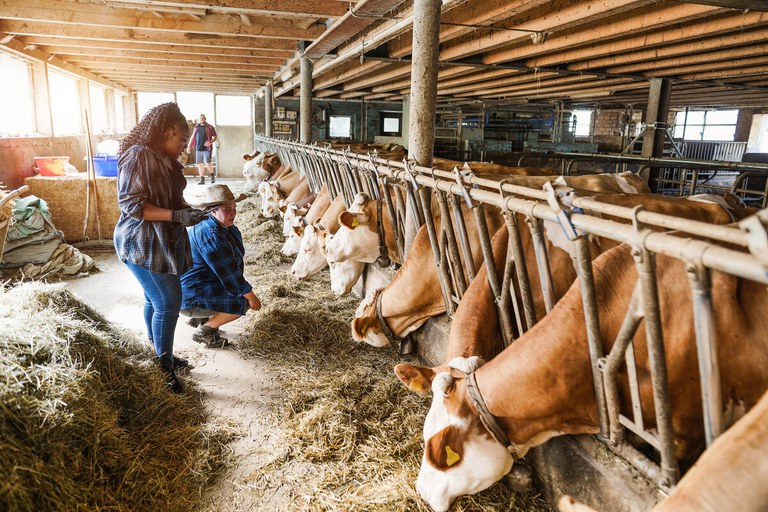Supporting the growth of female-owned farms.
Problem
What can be done to address the needs of female farmers?
- The number of farms operated by women has risen over the past two decades.
Findings
Researchers studied the importance and unique characteristics of U.S. female farmers to identify the aspects of the local economy and agriculture most strongly associated with female-owned farms.
- The researchers identified 10 economic variables, including unemployment, nonfarm wages, availability of childcare, and the rate of female participation in the labor force. They also examined the total number of farms, average farm size and annual sales, average farmer age, and the types of farm activities carried out.
- Their findings showed that female-owned farms in the U.S. are more common in areas that are closer to urban markets, engage in agritourism activities, and offer greater access to childcare. They also uncovered that direct-to-consumer sales are more prevalent in counties with more female-owned farms.
Impact
Without full knowledge of female farm-operators' decision making, agricultural service providers have made assumptions about the type of information and products useful to them.
- By understanding how female-owned farms are unique, we can start to learn how best to serve and grow this population.
Research Credit
Team
- Claudia Schmidt, Stephan Goetz, Zheng Tian
Participating Department
Partner
- Northeast Regional Center for Rural Development
Competitive Funding
- USDA NIFA (Rural Development Centers)
Federal and State Appropriations
- USDA NIFA Hatch Multistate Project PEN04633, Accession #1014522
Emerging Discoveries
Published Research
Female farmers in the United States: Research needs and policy questions.
-
Schmidt, C., Goetz, S. J., & Tian, Z. (2021). Female farmers in the United States: Research needs and policy questions. Food Policy, 101, 102039. https://doi.org/10.1016/j.foodpol.2021.102039
Office for Research and Graduate Education
Address
217 Agricultural Administration BuildingUniversity Park, PA 16802-2600
- Email agresearch@psu.edu
- Office 814-865-3136
Office for Research and Graduate Education
Address
217 Agricultural Administration BuildingUniversity Park, PA 16802-2600
- Email agresearch@psu.edu
- Office 814-865-3136



